Most iconic LGBTQIA+ superheroes in comic books
We celebrate the most iconic LGBTQIA+ superheroes in comic book history

June 1 marks the start of Pride Month in the United States, in which the lives, legacies, and talents of LGBTQIA+ people are acknowledged and celebrated. And just like in the real world, LGBTQIA+ people are all over the Marvel and DC Universes and beyond, with queer superheroes becoming more common all the time.
But there are trailblazers who paved the way, including queer heroes whose identities have been a part of their stories from the start, and those who, like many of us in the real world, came to understand their sexuality and gender identity later in life.
These are our picks for the most iconic LGBTQIA+ superheroes of all time!
Tim Drake

One of the most recent heroes to come out as queer is also one of the most well-known to be part of the LGBTQ+ community: Tim Drake, the third Robin.
After years of speculation and headcanon from fans and numerous relationship difficulties in comics, Tim came out as queer in 2021's Batman: Urban Legends #6, agreeing to go on a romantic date with his male friend Bernard.
Though Tim's exploration of his own sexuality is just beginning, and Tim himself hasn't named his specific sexuality yet, he's officially joined the queer community. And like many of Tim's fans have done over the decades since his introduction, his sexuality and the labels he uses will likely evolve along his journey.
Welcome aboard, Tim!
Get the best comic news, insights, opinions, analysis and more!
Kitty Pryde
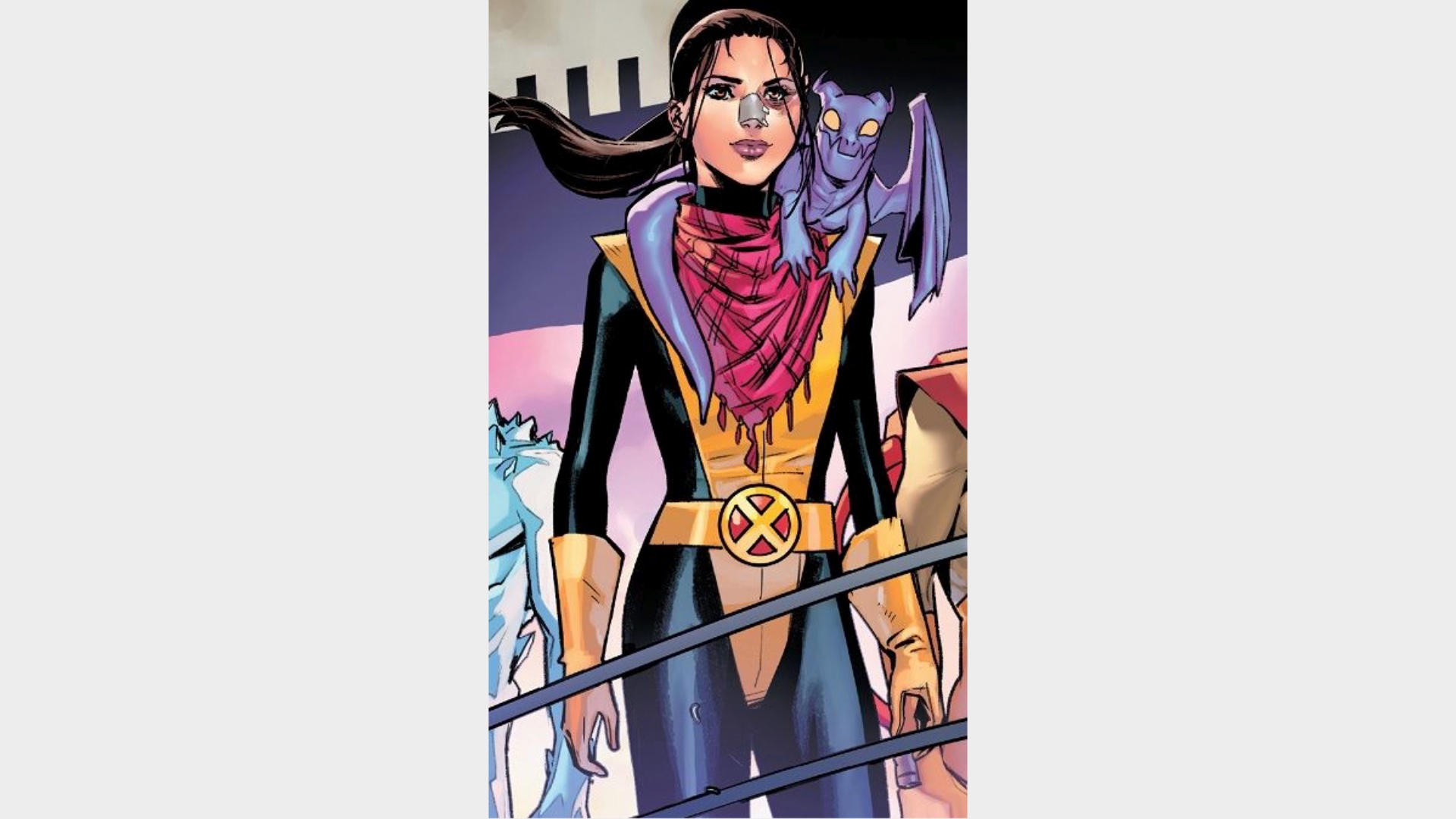
Kitty Pryde's sexuality remained a matter of speculation and unconfirmed implication for many years after her 1980 introduction. Her particularly intimate relationships with Illyana Rasputin and Rachel Summers in their younger years hinted at Kitty's burgeoning sexuality - a fact later confirmed by her creator Chris Claremont, who stated in a 2016 interview that he always intended Kitty not just to be bisexual, but to ultimately end up with Rachel Summers.
Then, in 2020's Marauders #12, Kitty's bisexuality was finally confirmed on the page, as she shares a kiss with a female tattoo artist. The moment marked a major turning point for queer X-Men fans, with decades of subtext, hints, and unconfirmed intent finally coming to fruition before readers' eyes.
Mystique
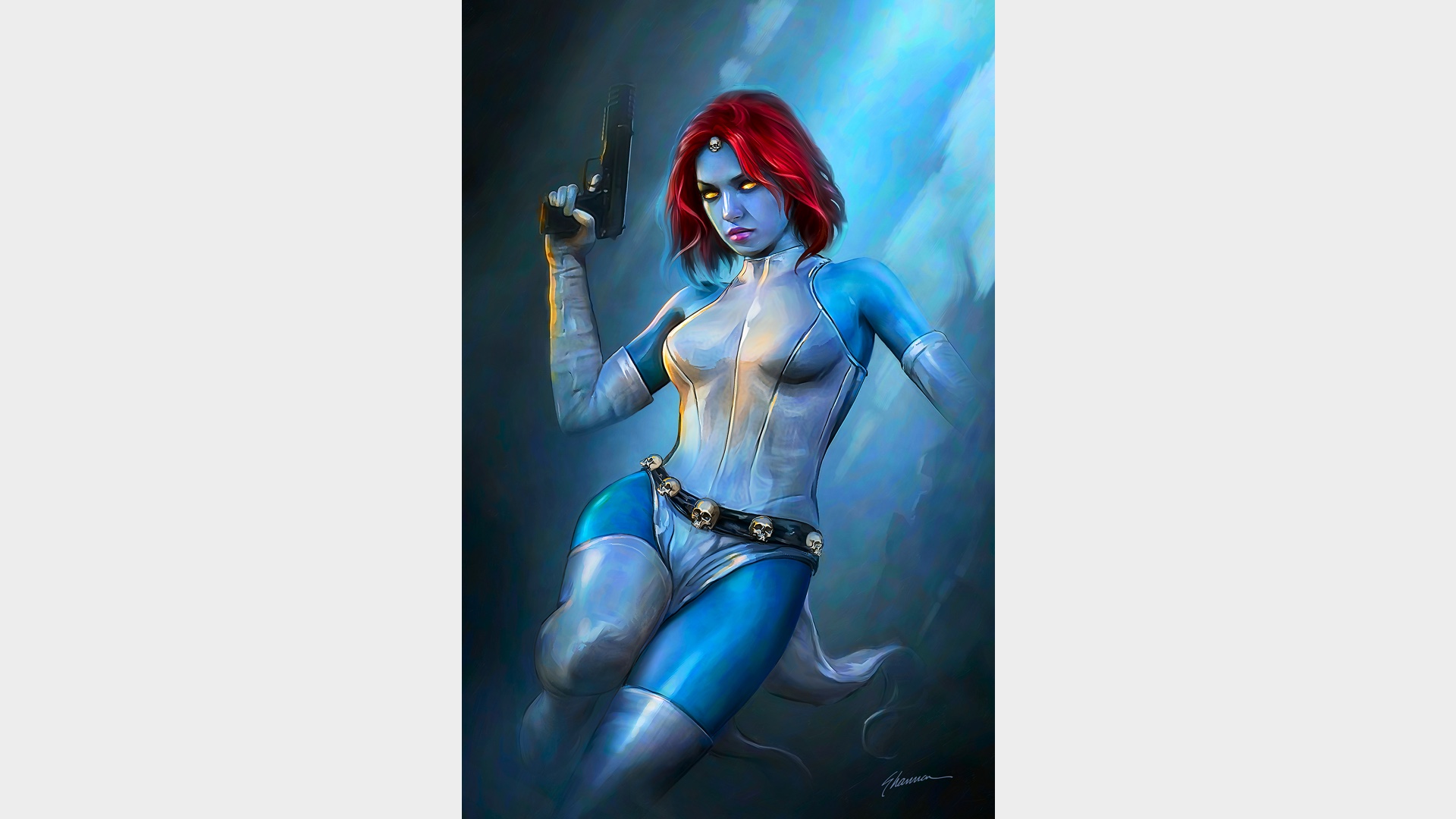
Unlike Kitty Pryde, her fellow mutant Mystique's sexuality has been open - if not specifically, verbally confirmed - for many years, owing to her marriage to precognitive mutant Destiny, as well as her relationships with characters of other genders.
Out and proud as both a mutant and as a bisexual/pansexual person since long before many fans for whom queer representation has become much-needed aspect of their comic book experience, Mystique is one of Marvel's - and comic books' - original queer icons.
Incidentally, Mystique was co-created by Chris Claremont, who also co-created Kitty Pryde, and who developed a strong reputation for incorporating queer themes and characters into superhero comics for decades.
Aquaman/Jackson Hyde
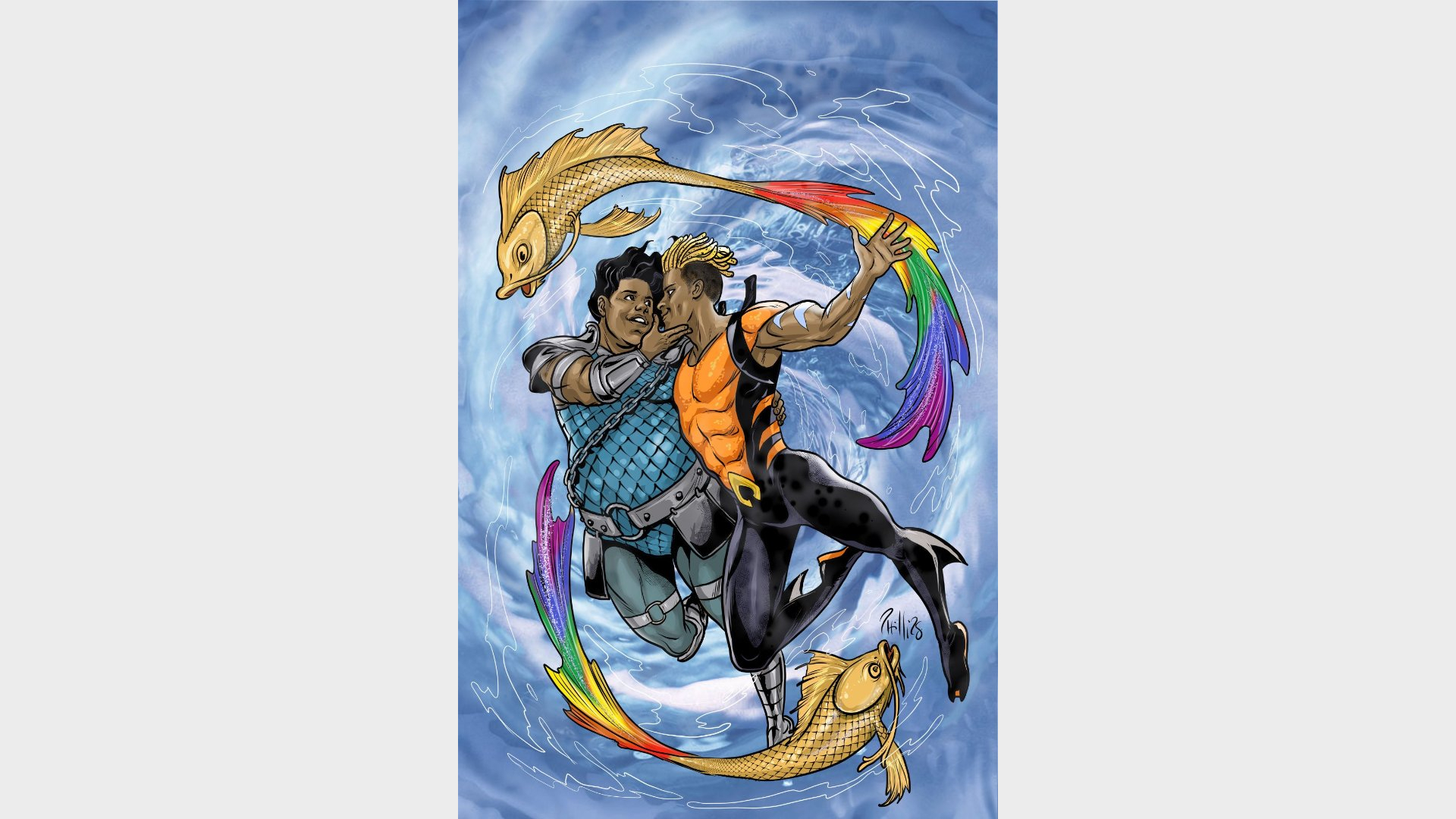
Though he debuted as Aqualad, half-Atlantean Jackson Hyde has graduated to the mantle of Aquaman - which means that one of DC's flagship characters will be a queer Black man, something almost unthinkable in a mainstream comic even just a few years ago.
Jackson - a fan-favorite character since his simultaneous debut in DC comic books and on the Young Justice animated series - has become somewhat emblematic of the rise of characters with queer identities in modern comic books, now coming full circle into the role of Aquaman as one of DC's most unique legacy characters.
Alan Scott
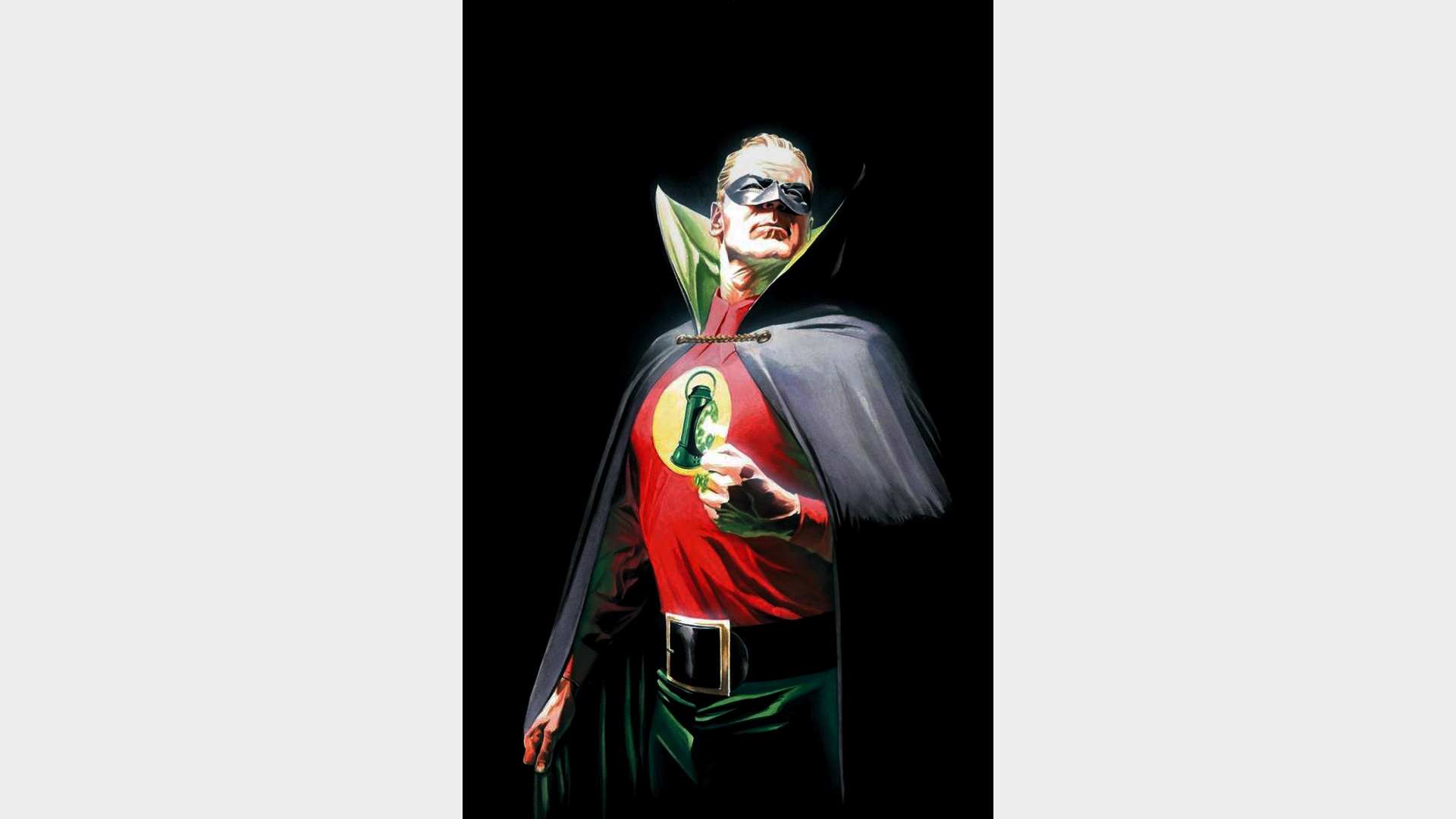
The original Green Lantern Alan Scott has been in comic books since 1940, but it's only been since 2012 that he's been out as a gay man. Though this revelation first took place with an alternate Alan Scott in DC's Earth 2 title during the 'New 52' era, the mainstream DC Universe version followed suit in 2021, coming out to his children Jade and Obsidian.
Interestingly, Alan Scott's son Obsidian has been out as a gay man since 2004, beating his dad to the punch and reflecting a rare, but very real experience shared by many readers who have multiple family members - even parents - who are queer.
Loki
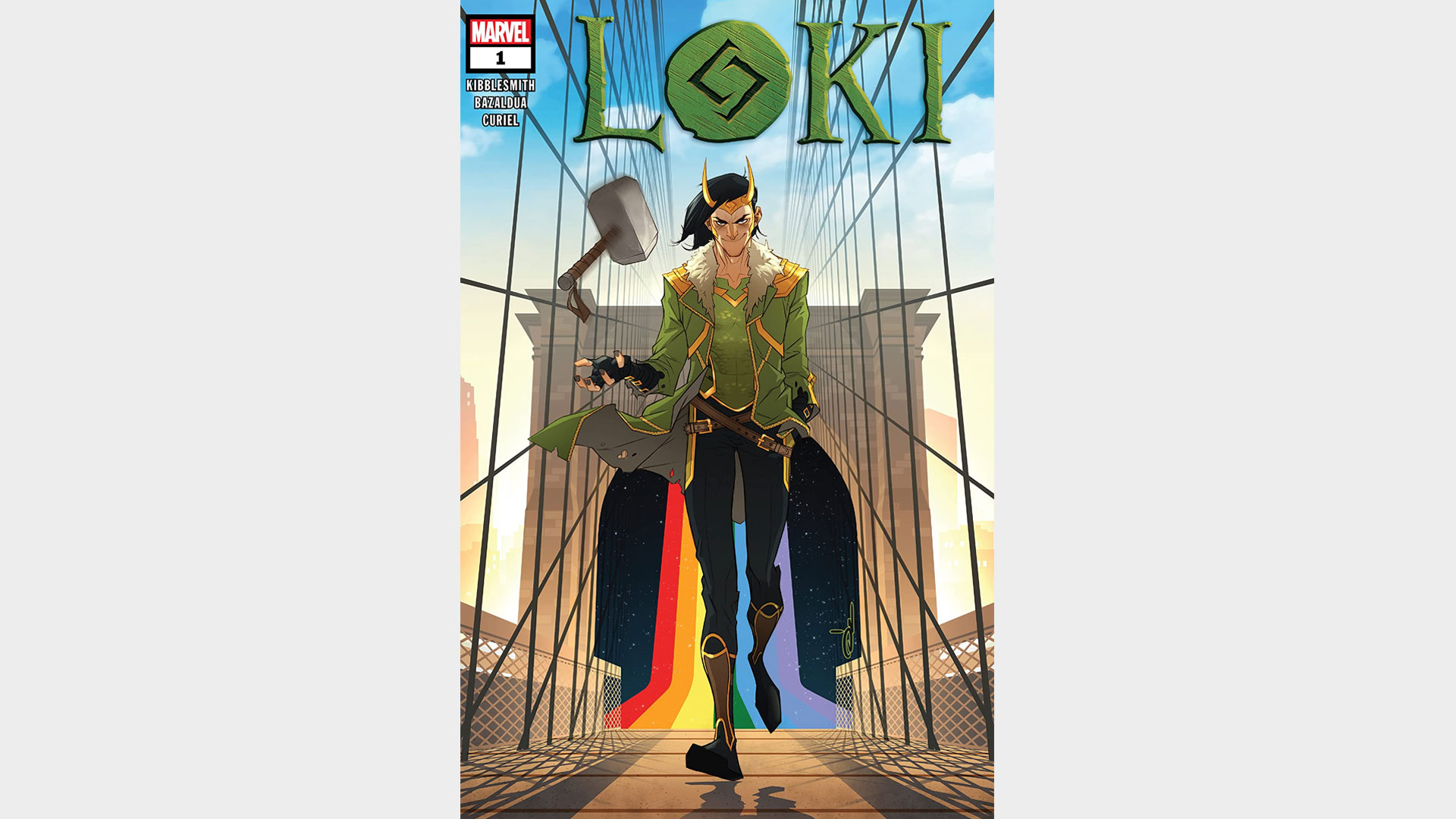
Being magical in nature has lent Loki the ability to take on many different forms and in those forms display many different forms of attraction.
As Loki put it in Young Avengers, Asgardian culture doesn’t share human concepts of sexuality and sexual identity. Characters regularly switch pronouns when referring to Loki based on his presentation, and Odin calls Loki his "child who is both [male and female]" indicating an acceptance of Loki's gender-fluid nature. Additionally, writer Al Ewing confirmed that "Loki is bi[sexual]" ahead of 2014's Loki: Agent of Asgard. And more recently, Ewing introduced they/them pronouns for Loki in The Immortal Thor, fully acknowledging Loki as genderqueer.
While Loki has been a longtime villain and codifying villains as queer can be problematic, the character's recent hero turns have made them one of comic books' most popular and identifiable queer heroes.
Northstar
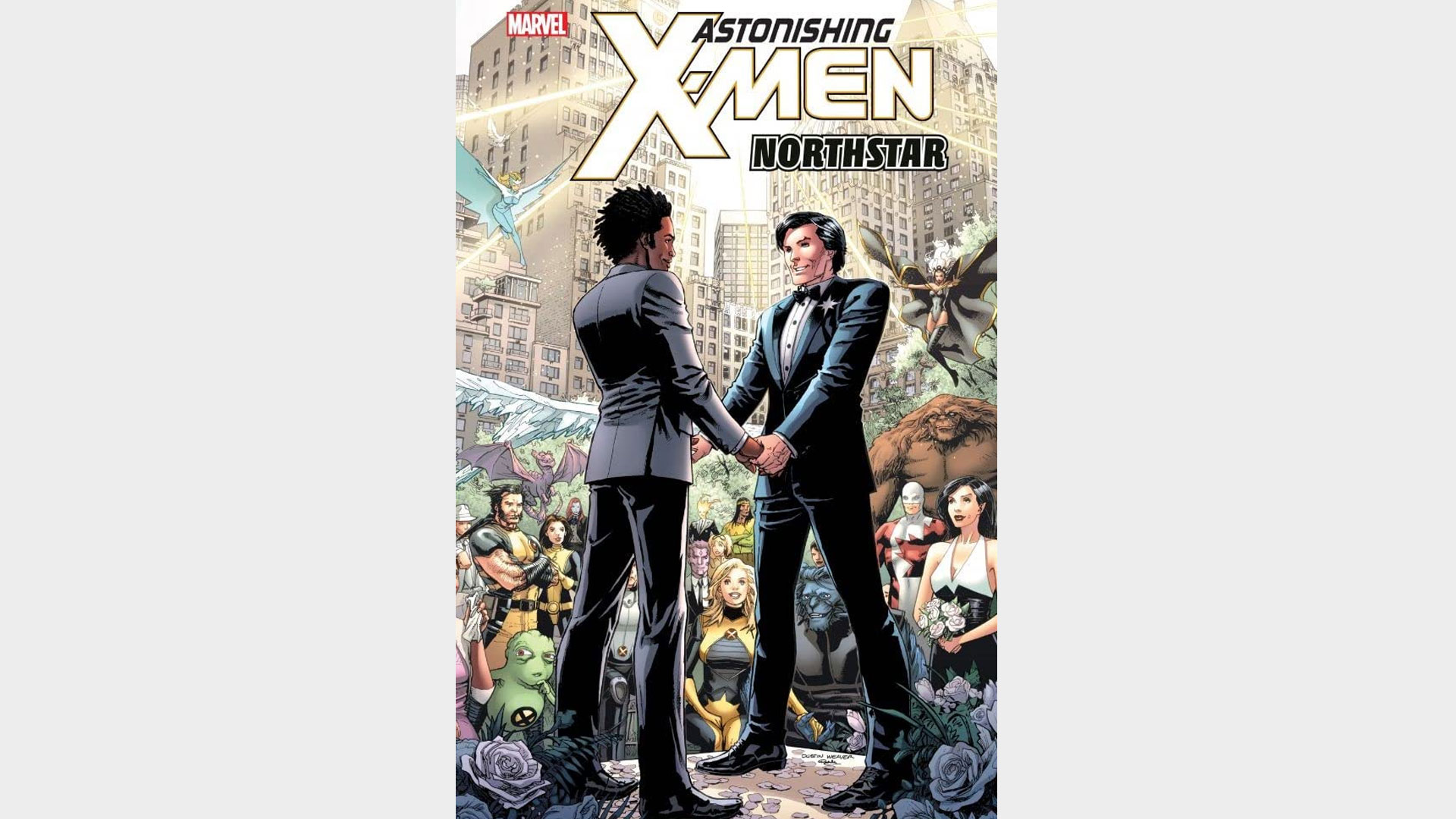
Jean-Paul Beaubier debuted in 1979 at a time when both the Comics Code Authority and Marvel's editor-in-chief Jim Shooter were opposed to openly gay characters, according to author Shirrel Rhoades in 2008's A Complete History of American Comic Books.
Creator John Byrne has explained that Northstar was written as gay from the get-go, "even if I would never be allowed to say it in so many words in the comics themselves."
Despite not uttering the words "I am gay" until 1992's Alpha Flight #106, Northstar has long been accepted by X-Men fans and comic book fans at large who picked up Byrne's nods as one of the first canonically gay superheroes since his inception.
And Marvel changed their tune as time went on, opting to have Northstar marry his boyfriend Kyle Jinadu and publishing the first depiction of a same-sex wedding in mainstream comic books in 2012's Astonishing X-Men #51.
Hulkling & Wiccan
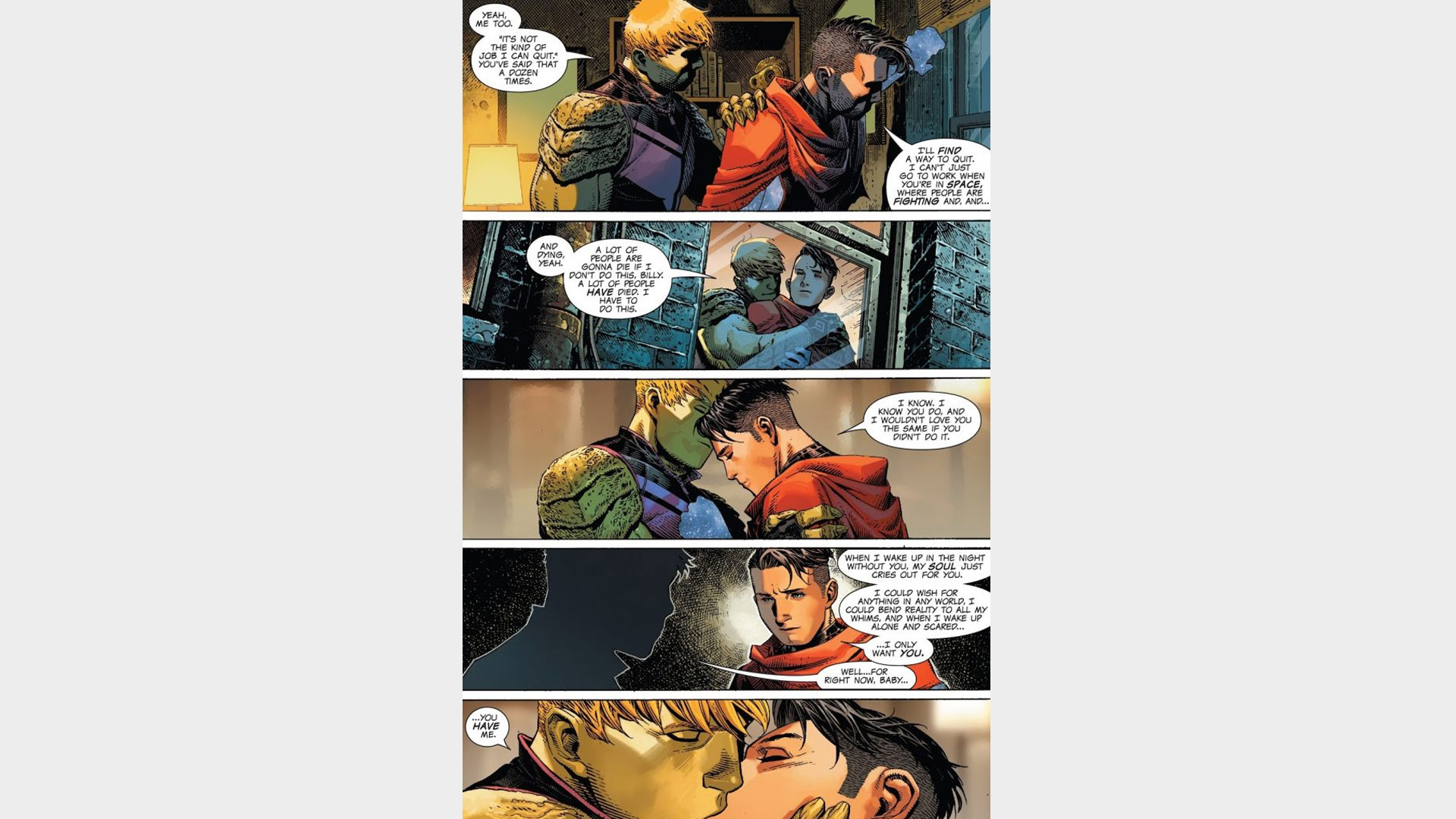
If we had a list of great Marvel romances of the 21st century (hey, that's not a bad idea!), Hulkling and Wiccan would surely be near the top.
Enduring Civil Wars, Secret Invasions, Original Sins and every event in between, openly-gay writer Allan Heinberg created the pair in 2005's Young Avengers #1 and reminded readers that Marvel's "world outside your window" included more than just the definitions of love that had been portrayed to that point.
The two also enabled other writers to create more realistic portrayals of sexuality in their team books as evidenced by Kieron Gillen and Jamie McKelvie's Young Avengers volume that also featured queer characters in Miss America, Prodigy, and Loki.
Recently, Wiccan and Hulkling were married as part of the Empyre crossover.
Coagula

There are very few out trans characters in superhero comic books, but when transwoman writer Rachel Pollack took over the reins on Doom Patrol from Grant Morrison, she aimed to shift the focus.
In wanting to create a positive portrayal of a queer trans woman, she created Kate Godwin a.k.a. Coagula, a superhero with the ability to coagulate liquids and dissolve solids at will.
Initially rejected by the Justice League, Coagula found a home with the Doom Patrol, though she's rarely been seen in recent years.
Iceman
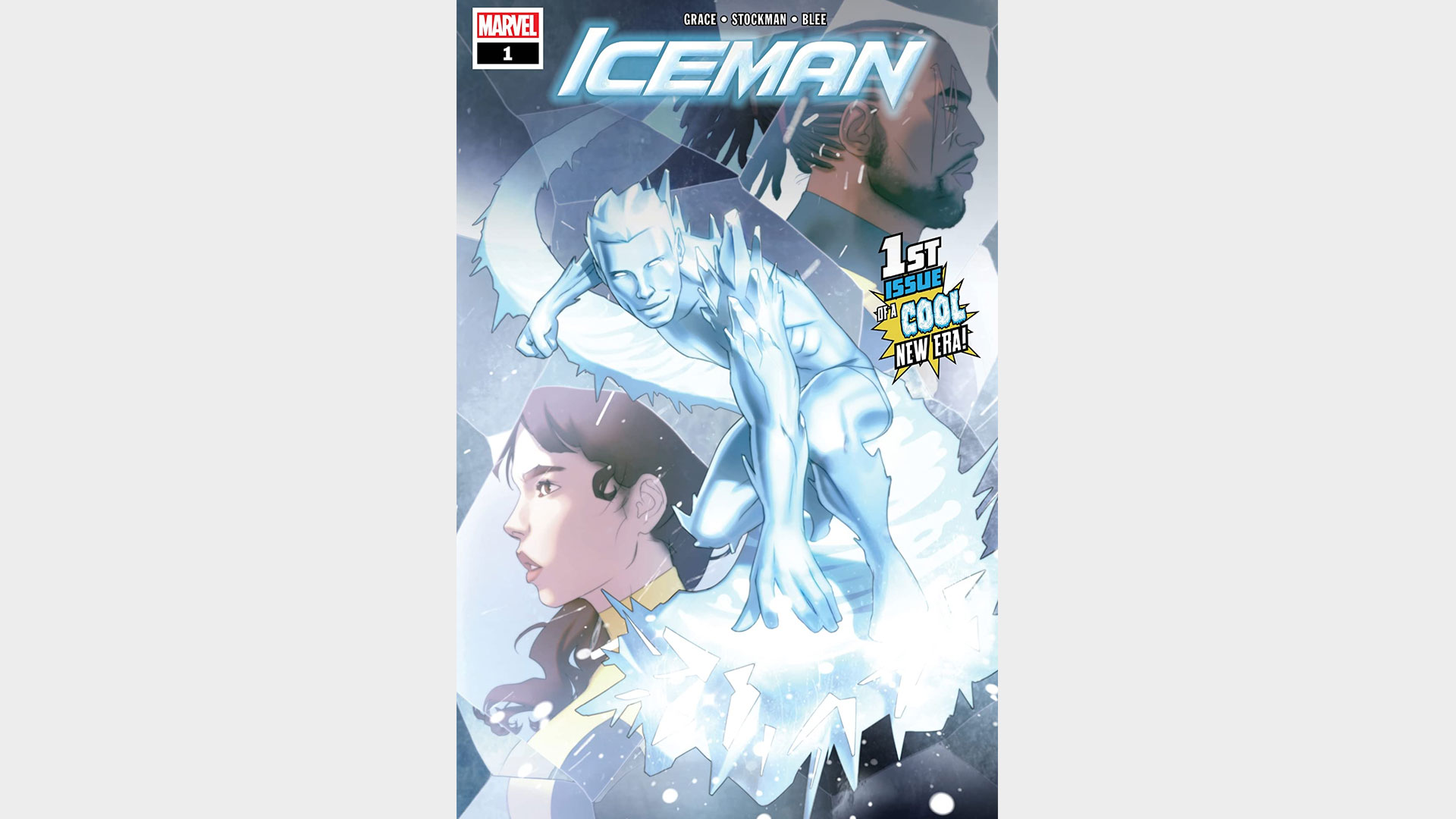
In 2015’s All-New X-Men #40, the younger Bobby Drake was psychically outed as homosexual by Jean Grey, retroactively making the founding member of the X-Men Marvel's highest-profile queer mutant.
While Jean Grey's invasion of Bobby's privacy was problematic because he did not choose to come out on his own, making one of Marvel's oldest characters gay is notable in the way it reframes past and future stories.
The controversy surrounding Iceman's outing may have muddied the waters a bit on what is an important moment in Marvel history, but it did allow readers and creators alike to participate in a dialogue about the realities of these situations in everyday life.
Harley Quinn and Poison Ivy
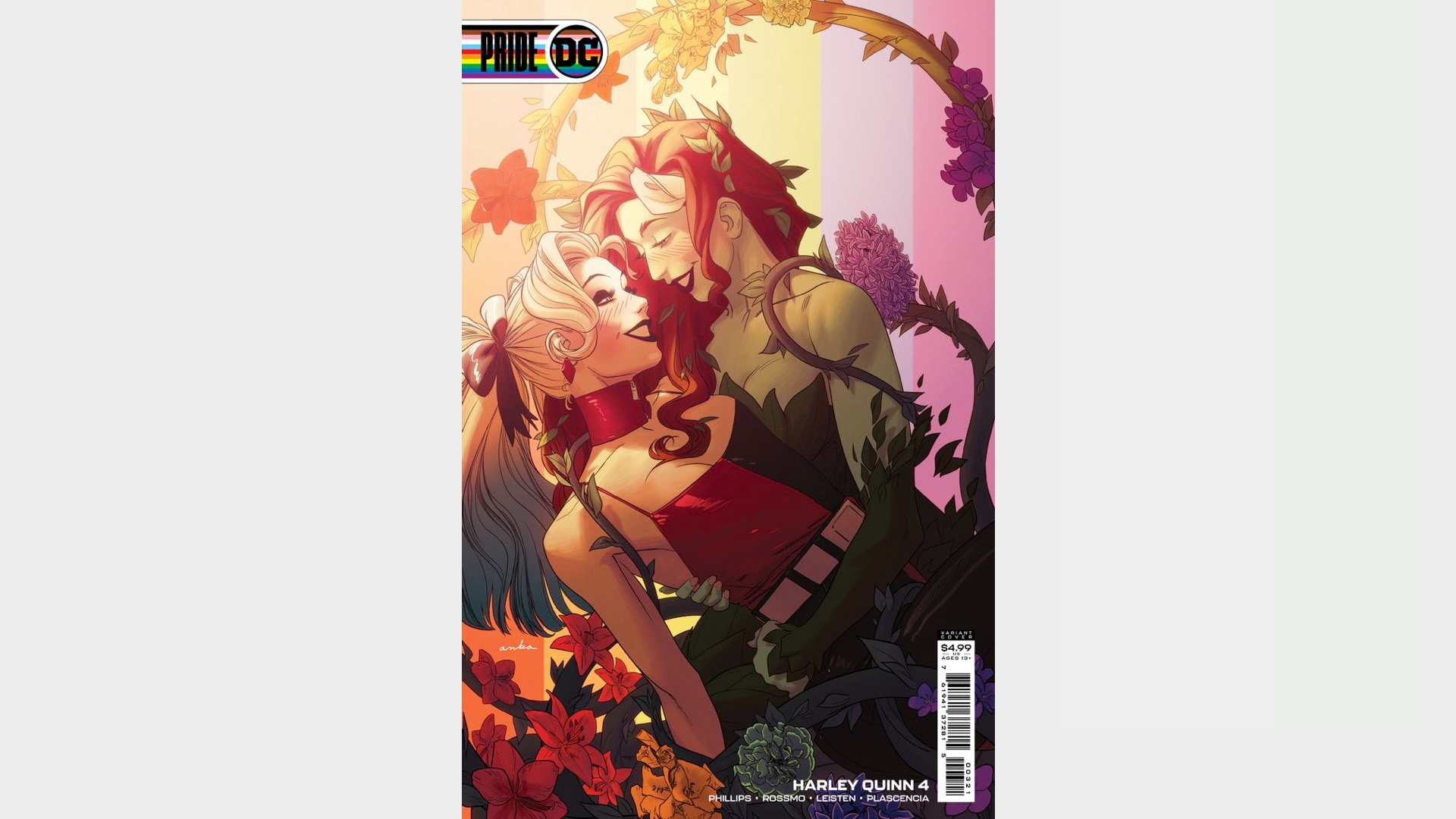
Harley Quinn's queerness has always been a bit up in the air. Comic creators made her abusive relationship with the Joker the focus of many of her stories, but subtle references that something more romantic may be going on have always been made about her relationship with Poison Ivy.
But in 2015, Harley Quinn writers Amanda Conner and Jimmy Palmiotti confirmed that Harley and Ivy were non-monogamous girlfriends, cementing Harley's status as one of DC’s highest-profile queer characters and taking her interactions with Power Girl and Wonder Woman from potential queerbaiting to legitimate interest.
Even before their relationship was confirmed, Harley and Ivy were a fan-favorite power couple, especially for queer women. And now that they're both out - and took things even further in the Harley Quinn: The Animated Series: The Eat, Bang, and Kill Tour spin-off comic - Harley and Ivy are one of comics' most prominent on-again-off-again queer couples.
Constantine
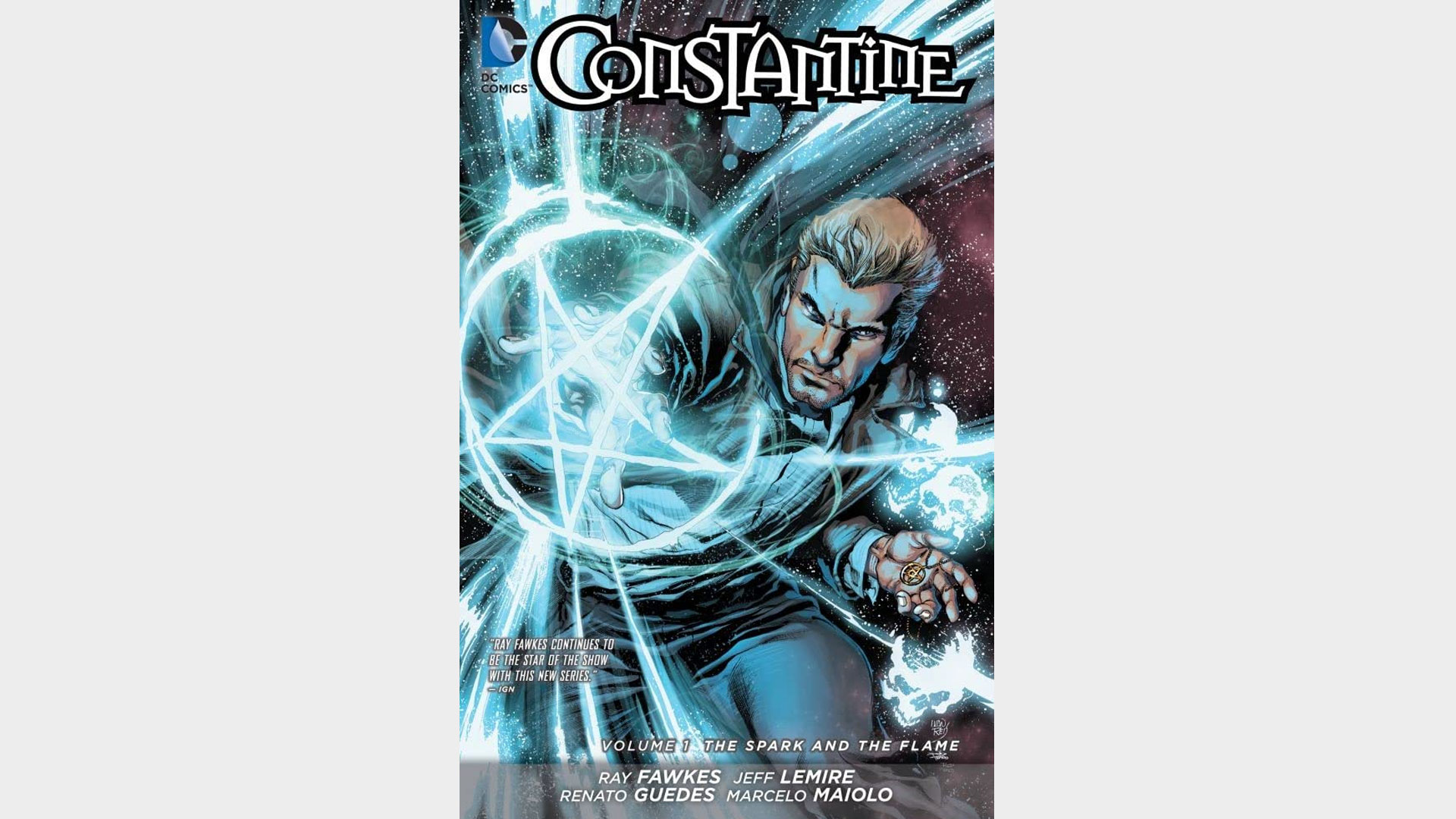
Ol' Hellblazer has been confirmed bisexual since Brian Azzarello's 'Ashes & Dust in the City of Angels' matter-of-factly treated the character's queerness.
That portrayal has allowed other writers to explore exactly what that means for the wayward magician.
Bisexual writer James Tynion IV’s recent work on the character reaffirmed Constantine’s fluid attraction and helped expand the kinds of stories that queer superhero characters can be expected to be a part of.
Midnighter and Apollo

Created as analogs of Batman and Superman, Apollo and Midnighter were among the first openly gay superheroes in comic books and were certainly the most visible gay superhero couple in the late '90s and early '00s.
When the Wildstorm Universe was folded into the DCU proper, they maintained their sexualities but their relationship was either off or completely erased before Steve Orlando's Midnighter title affirmed that they dated but were broken up in the 'New 52.'
However, the success of that run led to a renewed interest in the characters, with the World’s Finest Couple getting together again in the 'Rebirth' era with the Midnighter & Apollo title.
Batwoman
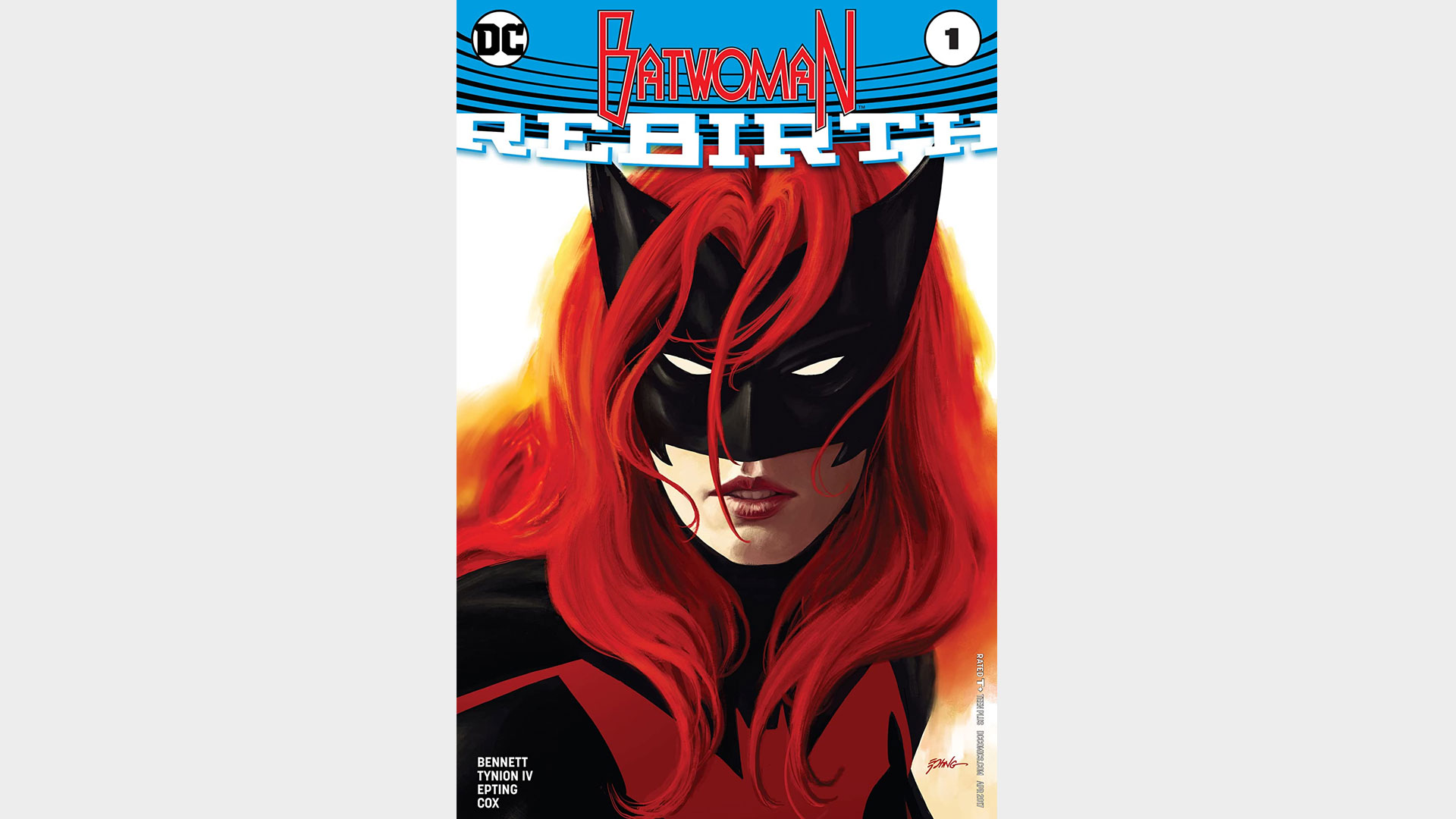
A military brat. A socialite. A caped crusader. A lesbian? Kate Kane's military upbringing didn't make it easy for her to embrace her sexuality but her struggle definitely informed her heroism.
While different writers have had varying degrees of success with Batwoman, there was no doubt about her sexuality from the beginning, and fans embraced the character immediately, first in Detective Comics and then in a critically-acclaimed solo title.
Before the launch of the 'New 52,' her relationship with GCPD Detective Renee Montoya was up there with our last entry on our list as a paragon for well-written, nuanced queer relationships, and their visibility helped open up doors for many other characters moving forward.
Wonder Woman

Until just a few years ago, Wonder Woman's status as a queer character was contentious.
She was created by William Moulton Marston, a psychologist (and inventor of the lie detector test), who believed that society itself would be better off in the hands of women rather than men. Based on a combination of his polyamorous romantic partners, Elizabeth Holloway and Olive Byrne, Diana Prince was born into Marston’s ideal vision and embodied his views on feminism.
After Marston's death, the two women continued his work, imbuing the character with a passion for social justice and maintaining the queer identity that is central to the character's earliest days.
Over the years, the subversive nature of Wonder Woman had been lost as more writers took her on adventures more fitting a superhero than a feminist icon, and her sexuality was defined in more binary terms due to relationships with Steve Trevor, Batman, and Superman.
But former Wonder Woman writer Greg Rucka took a definitive stance saying, "the answer is obviously yes," when asked about her sexuality, reaffirming that Wonder Woman has been and continues to be a queer character for all time.
Pierce Lydon has been a contributor to Newsarama for over 10 years, writing everything from reviews to deep dive explainers, to interview pieces and best lists.


